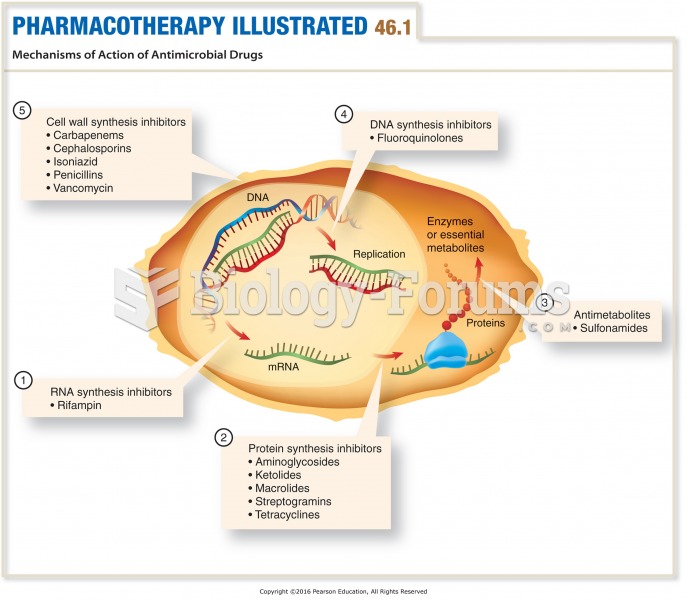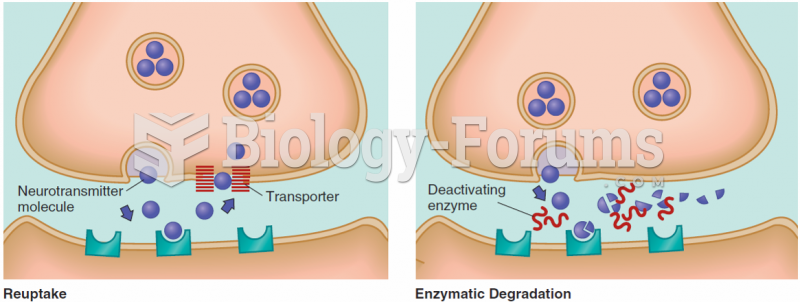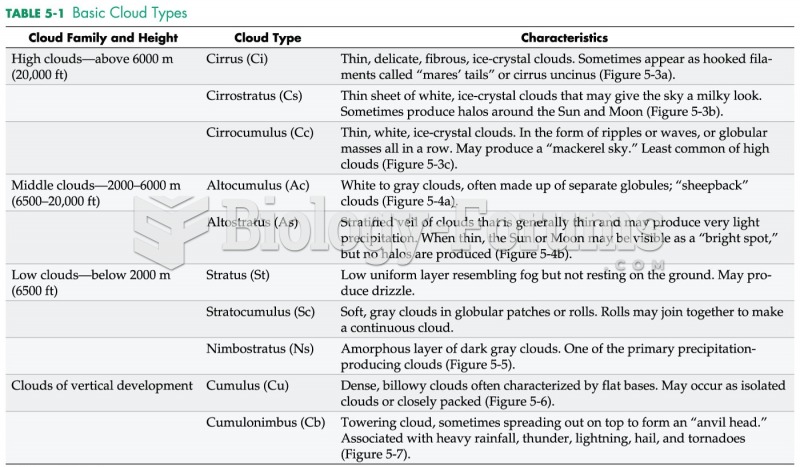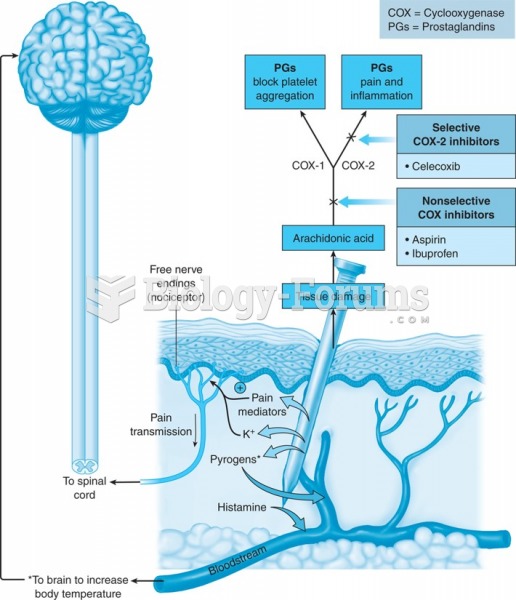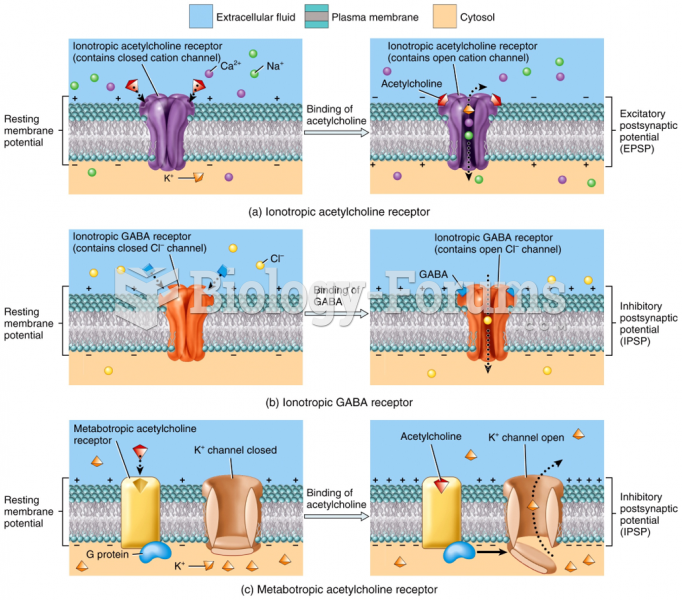Answer to Question 1
The receptors for taste are not true neurons but modified skin cells. Like neurons, taste receptors have excitable membranes and release neurotransmitters to excite neighboring neurons, which in turn transmit information to the brain. Like skin cells, however, taste receptors are gradually sloughed off and replaced, each one lasting about 10 to 14 days.
Mammalian taste receptors are in taste buds located in papillae on the surface of the tongue. A given papilla may contain up to 10 or more taste buds, and each taste bud contains about 50 receptor cells.
Traditionally, people in Western society have described tastes in terms of sweet, sour, salty, and bitter. However, some tastes defy categorization in terms of these four labels.
The saltiness receptor is simple. Recall that a neuron produces an action potential when sodium ions cross its membrane. A saltiness receptor, which detects the presence of sodium, simply permits sodium ions on the tongue to cross its membrane. Chemicals that prevent sodium from crossing the membrane weaken salty tastes.
Sour receptors detect the presence of acids. Sweetness, bitterness, and umami receptors resemble the metabotropic synapses. After a molecule binds to one of these receptors, it activates a G protein that releases a second messenger within the cell. Each of these receptors releases adenosine triphosphate (ATP) as a neurotransmitter.
Bitter taste used to be a puzzle because bitter substances include a long list of dissimilar chemicals. Their only common factor is that they are to some degree toxic. What receptor could identify such a diverse set of chemicals? The answer is that we have not one bitter receptor but a family of 25 or more. Each responds to a few related compounds. One consequence of having so many bitter receptors is that we detect a great variety of dangerous chemicals. The other is that because each type of bitter receptor is present in small numbers, we don't detect very low concentrations of bitter substances.
Answer to Question 2
d


